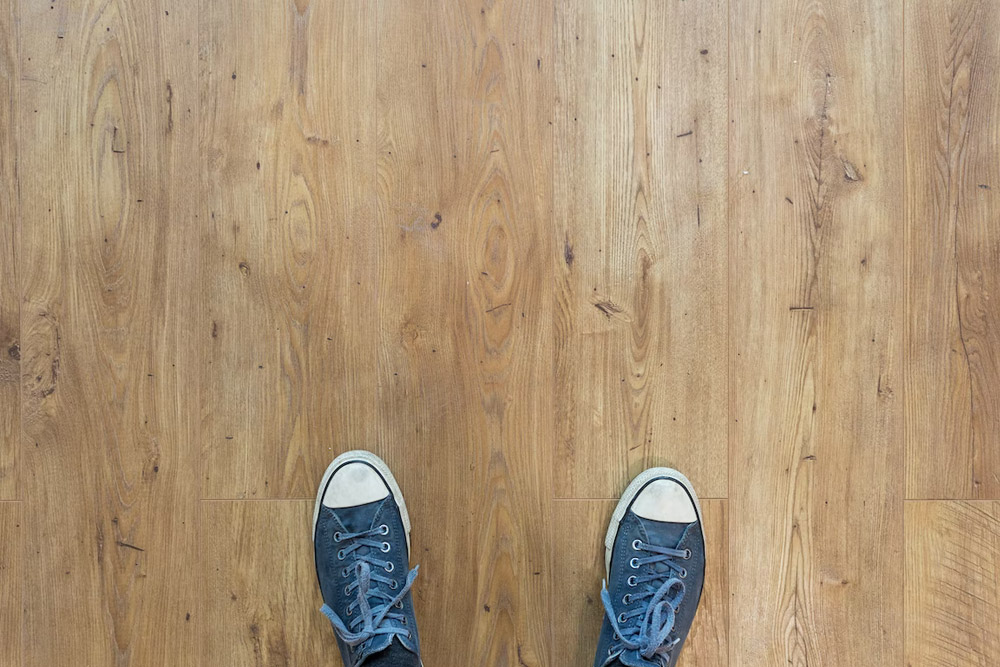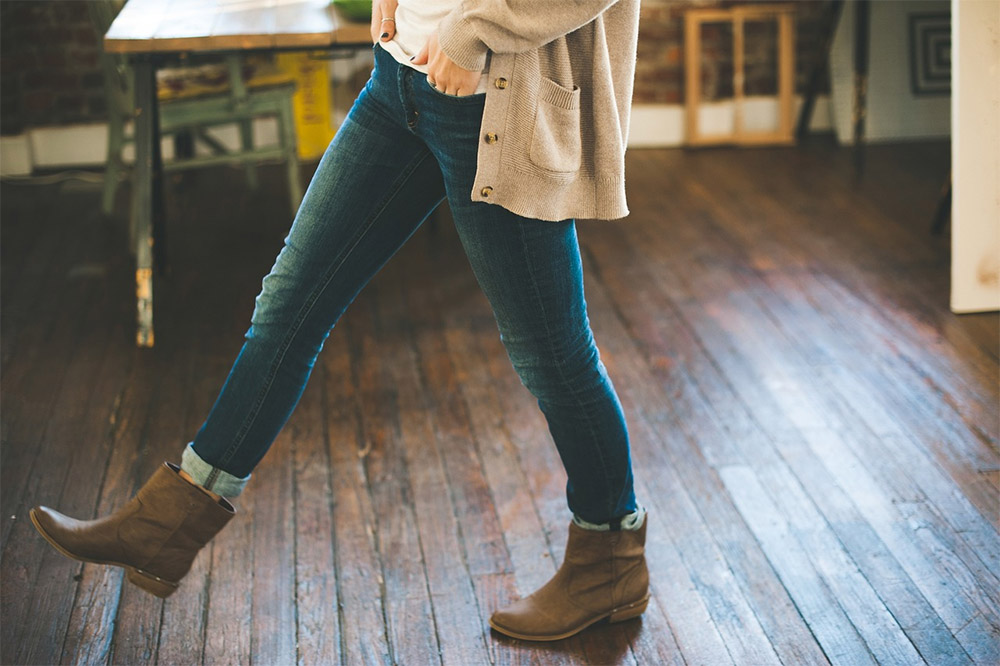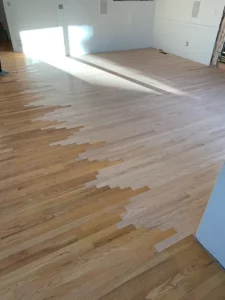Have you ever taken a moment to admire your beautiful hardwood floor only to notice an unsightly bow? It’s a sight that can instantly upturn a homeowner’s mood.
It’s crucial to understand that bowing in hardwood floors is not an uncommon problem and you’re certainly not alone in dealing with it.
So, what exactly causes this issue? Could it be the weather, improper installation or sheer bad luck? Let’s uncover the mystery wrapped around the dilemma that is your bowing hardwood floor and find a solution to restore it.
What causes a hardwood floor to bow?
So, you’ve noticed a bow in your hardwood floor. You’re probably wondering, what could be causing this? Although it could be due to a number of reasons, there are three main culprits that tend to be the most common. Let’s take a look:
- Moisture Imbalance: Uneven moisture levels are the most frequent cause of your hardwood floor bowing. This can occur due to leaks, high humidity, or inadequate sub-flooring that allows dampness to affect the wooden slats. As the wood soaks up the moisture, it expands, leading to the bending or bowing effect you’re experiencing.
- Poor Installation: Even if moisture isn’t a problem in your home, a poorly installed floor can also bow. If the floorboards are installed too tightly without any gaps to allow for natural movement, undue stress can cause the boards to warp or bow.
- Insufficient Acclimation: When a new wooden floor is installed, it needs time to acclimate to the humidity level in your home. If this process is rushed or overlooked, the wood can expand or contract significantly causing bowing.
Effective methods to fix a bowing hardwood floor.
Let’s dive straight into the comprehensive solutions you can apply to fix and prevent bowing of your hardwood floor. Please remember, these methods require patience and precision, but they’re sure to restore your floor’s original charm with a little bit of elbow grease.
- Applying Weight: Once you’ve identified the area of bowing, the simplest way to correct it is by applying weight on it. This could be heavy books or any other weighty item that won’t damage the surface. Remember to first ascertain if the floor is wet, as applying weight on a damp floor might trigger more issues.
- Heating it up: Mild heat can be miraculously effective on hardwood floor bowing caused by drying or moisture content imbalance. Use a hair dryer or heat gun to evenly distribute warmth on the warped area. However, caution must be exercised not to overheat, which could cause further damage like burning or discoloration.
- Utilizing Woodworking tools: For more stubborn bowing or warping, tools like a power sander or a planer can come in handy. You may want to consider consulting with a professional or someone experienced in handling these tools to ensure you don’t cause more harm than good.
- Replacement: In some cases, the damage could be beyond repair, necessitating a plank’s replacement. While it could be more costly, it provides a definitive solution to the problem, restoring your floor to its initial blazing glory.
- Consistent Maintenance: Lastly, remember prevention is always the best remedy. It’s best to find the root cause of the issue and prevent it from occurring again. Regular cleaning, use of dehumidifier during humid seasons, and immediate treatment of any detected water leak or spill can help prevent the reoccurrence of a bowing hardwood floor.
Just like that, you’ve got five effective methods to restore and preserve your hardwood floor. Remember, consulting a seasoned professional like Denver Floors could save you a lot of heartache and protect your home’s value in the long run.
Stay proactive to safeguard your lovely hardwood floors. For all your Denver Hardwood needs, reach out to us at Denver Floors today.












